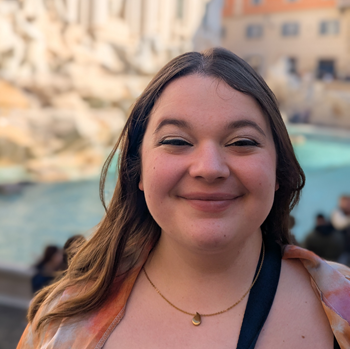Year 5 medical student Sarah, shares the stories of four key individuals in the journey of transgender healthcare.
‘Surely, where the mind cannot be made to fit the body, the body should be made to fit, approximately, at any rate to the mind, despite the prejudices of those who have not suffered these things, yet to suffer which they so readily condemn others.’- Michael Dillon

In a time of much political tumult, I often find it beneficial to look at where we have come from, as often it is the best indicator of where we might go. If we consider the framework of how our society is built, and the people who have fought so extremely hard for change, it might convince even one person that allyship and education is not for nothing. People who do not learn from history are doomed to repeat it and other similar idioms are available for proof.
I am currently writing this article during Trans+ History Week, an apt time, I thought, to educate myself (and hopefully you!!) on the rich and important history of transgender people.
Archaeologists have found evidence that could signify the existence of transgender people dating back five thousand years, with reports suggesting gender incongruence from ancient Egypt, Colonial America, and the Quing Dynasty, to name a few. With that in mind, I felt it would be an interesting investigation to look back over the history of trans healthcare, especially to learn about the brave individuals who performed and took part in this when these treatments were unheard of.
Laurence Michael Dillon (1915-1962)
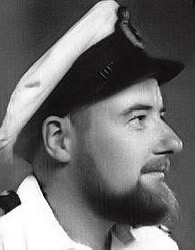
Occupation: Doctor, Philosopher, Poet, Aristocrat
Education: Oxford University, Trinity College Medical School
Michael is described as having a lifelong search for truth, which pushed him to try novel gender-affirming medical and surgical treatments, but also to publish philosophical and biographical writings, and even to become a Buddhist monk. He won a place to Oxford University in 1934 to study theology and latterly classics, and when here he developed the women’s rowing club of Oxford into an incredibly successful team. Throughout his life Michael was subject to mocking and unwanted attention due to his gender identity, however, he was still steadfast in achieving his goals. He was able to change his birth certificate and study at a male college, which in turn allowed him to study at medical school. Sir Harold Gilles, the first known doctor to perform a phalloplasty, conducted this on Michael. Michael spent the remaining years of his life working as a ship’s doctor, and then in India where he trained in Buddhism and became a novice monk. He died young, at only 47 years old.
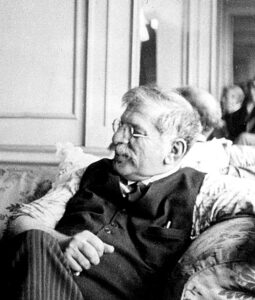
Magnus Hirschfeld (1864-1935)
Occupation: Doctor, Sexologist
Education: University of Strasbourg, University of Munich, University of Heidelberg
Magnus was a German physician who helped pioneer surgical and hormonal treatment for transgender patients, as well as dedicating his life to LGBT rights advocacy. He worked hard to defend the rights of gay people in Germany in the late 19th century as well as trying to decriminalise homosexuality. He created an Institute of Sexual Research in 1919 which included doctors such as psychiatrists, gynaecologists, endocrinologists, and dermatologists. This institute was also known as somewhat of a haven for transgender people- shielding them from the abuse of the outside world and helping them explore possibilities for expressing their gender. It also provided some of the first gender affirming surgeries for transgender women, as well as providing hormone therapy, both of which were incredibly novel for this period. He chose to flee Germany due to prosecution over his work and his identity, and the Nazi party destroyed his building not long after- meaning most of the records from the clinic have unfortunately been lost.
Sir Harold Gillies (1882-1960)
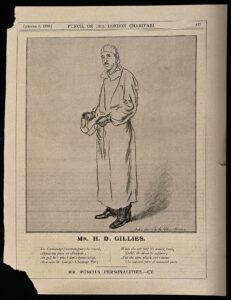
Occupation: Plastic Surgeon, Physician, Surgeon General, World War I
Education: Whanganui Collegiate School, New Zealand, Cambridge University
Harold was a renowned plastic surgeon, famous for streamlining the technique used to perform reconstructive and plastic surgeries. His techniques were developed during World War I and World War II, where he worked on soldiers who had been injured in the line of duty and petitioned the government to provide better medical care for their reconstructive surgeries. He took his knowledge of reconstructive surgery and used it to undertake the world’s first phalloplasty, which involved thirteen surgeries over 5 years. He published many textbooks on his craft, and built The Association of Plastic, Reconstructive and Aesthetic surgeons (initially known as The Association of Plastic Surgeons). He was performing surgeries right up until the month he died.
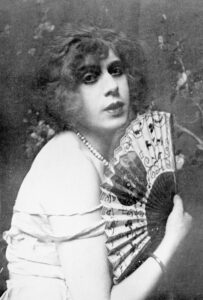 Lili Elbe (1882-1931)
Lili Elbe (1882-1931)
Occupation: Painter
Education: Royal Danish Academy of Fine Arts
Lili Elbe was assigned male at birth and was another person to receive one of the world’s first gender affirming surgeries. You may recognise her name, as her story was depicted in the film The Danish Girl, starring Eddie Redmayne. She was a painter, specialising in landscape painting.
Lili received a series of surgeries- first to remove her reproductive organs, and then later had ovaries and a uterus implanted into her with the aim to achieve pregnancy. She died of complications from her final surgery after developing an infection. Lili is noted as one of the first recorded people to go through gender affirming surgery. Unfortunately all of her medical records were destroyed in bombing raids during World War II, however her bravery and experiences remain well known because of her best-selling life story.
I hope you learned something from this whirlwind tour through transgender history. This article purely scratches the surface of what is out there, and I would encourage further study for all.
Recommended further reading
Self: a study in ethics and endocrinology by Michael Dillon (opens in PDF)
Holocaust Encyclopedia: Magnus Hirschfeld
National Army Museum: the birth of plastic surgery

